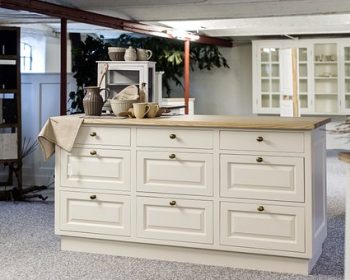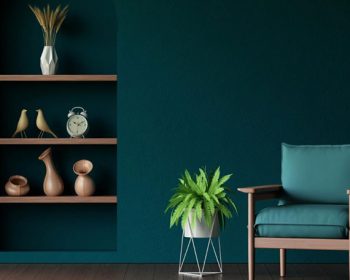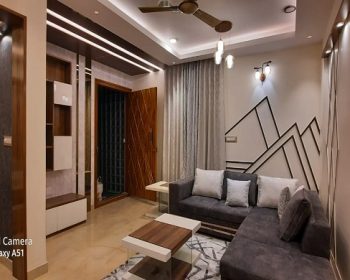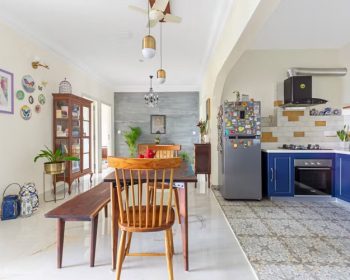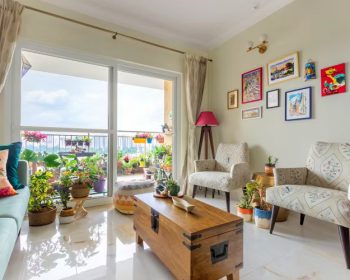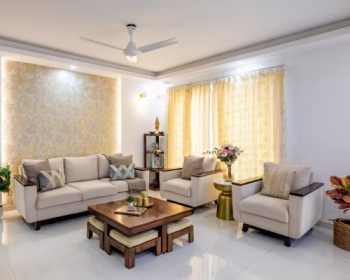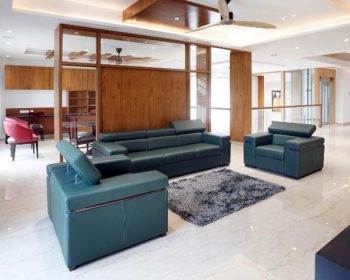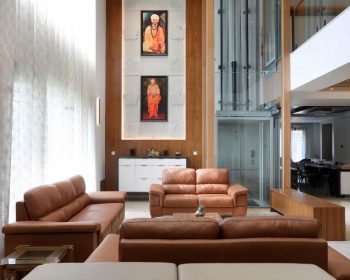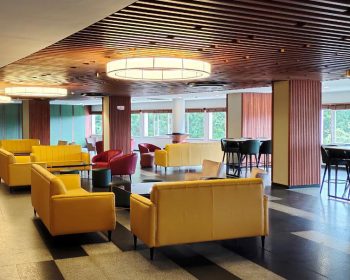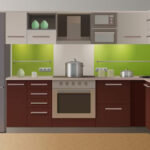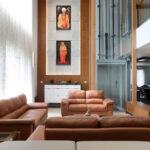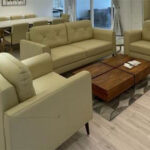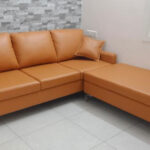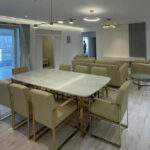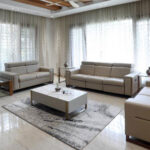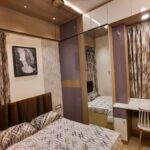Interior Design
Interior design encompasses the art and science of enhancing the interior of a space to achieve a more aesthetically pleasing and functional environment. It involves the arrangement of furniture, color schemes, lighting, accessories, and overall design concepts. Here are some key aspects and considerations in interior design:
Space Planning: Space planning involves determining how to best utilize the available space to ensure functionality and flow. It includes considering the placement of furniture, creating designated areas for specific activities, and optimizing traffic patterns within the space.
Color Scheme: Selecting the right color scheme sets the mood and tone of a space. Consider the purpose of the room and the atmosphere you want to create. Warm colors like red, orange, and yellow can evoke energy and vibrancy, while cool colors like blue and green promote a calm and serene ambiance.
Furniture and Layout: Choose furniture that suits the style and function of the room. Consider the scale and proportion of the furniture in relation to the space. Create a balanced layout that allows for easy movement and conversation areas. The furniture should also complement the overall design theme.
Lighting: Lighting plays a crucial role in interior design as it affects both the functionality and ambiance of a space. Incorporate a mix of natural and artificial lighting to achieve the desired effect. Use task lighting for specific activities, ambient lighting for overall illumination, and accent lighting to highlight focal points or artwork.
Materials and Textures: The selection of materials and textures adds depth and visual interest to a space. Consider a mix of materials such as wood, metal, glass, and textiles to create contrast and balance. Experiment with different textures to add tactile appeal.
Accessories and Decor: Accessories and decor items, such as artwork, rugs, curtains, and decorative objects, add personality and character to a space. Choose items that complement the overall design theme and reflect your personal style. Be mindful of not overcrowding the space and maintain a sense of cohesion.
Sustainability: In recent years, sustainable and eco-friendly design practices have gained importance. Consider using environmentally friendly materials, energy-efficient lighting, and incorporating sustainable design principles into your interior design choices.
Remember, interior design is a creative process, and it’s essential to consider your personal taste and lifestyle when making design decisions. Explore different styles, gather inspiration from various sources, and experiment to create a space that is functional, visually appealing, and reflective of your individuality.

